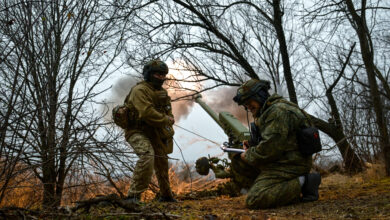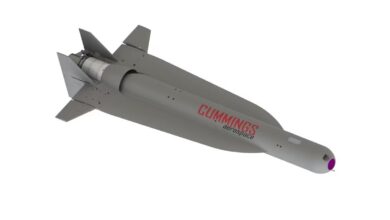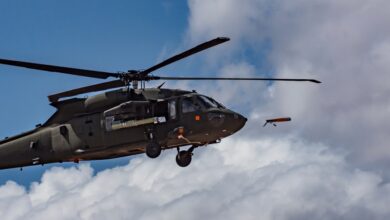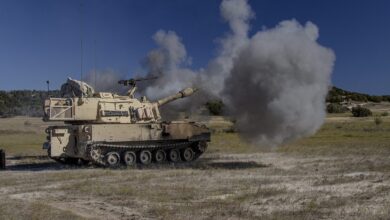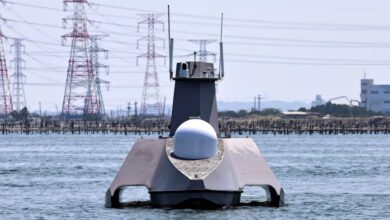Congressional Research Service Urges Ukraine Lessons for Future Combat Vehicle
The Congressional Research Service has asked whether Ukraine lessons have been incorporated into the US Army’s XM-30 Mechanized Infantry Combat Vehicle program.
The XM-30 is intended to replace the four-decade-old M-2 Bradley infantry fighting vehicle, starting in 2029.
American Rheinmetall and General Dynamics Land Systems are vying for the potentially $45-billion program to replace approximately 2,400 M-2s.
In its latest report, the government agency referred to reports of “significant” damage anti-tank guided missiles and unmanned aerial systems have inflicted upon infantry fighting vehicles in Ukraine.
“What are some of the lessons learned about armored fighting vehicle vulnerability to these systems? Does the Army have plans to incorporate Ukraine lessons learned into XM-30 design?” the report asked.
It further asked whether the vehicle’s proposed active protection system, which has been touted as a solution for drones, addresses the full range of threats that could emerge in a situation like in Ukraine.
Additionally, the report asked whether the planned change in the army’s force structure would have an impact on the future vehicle’s acquisition.
Bradley Replacement
Formerly known as the Optionally Manned Fighting Vehicle, the XM-30 is the US Army’s sixth attempt to replace the storied M2.
Two of the most recent attempts — the Future Combat System Program and the Ground Combat Vehicle Program — were cancelled for programmatic and cost reasons.
Following numerous upgrades, the Bradley is considered to have reached its technological limit to incorporate new electronics, armor, and defensive systems.
Like the M2, the XM-30 will be used to ferry troops and provide fire support to dismounted troops and feature greater firepower, mobility, and protection.
Additional features include the ability to conduct remotely controlled operations while the crew is not in the vehicle.
XM-30 Program
The five-phase program is currently in phase 3, which includes detailed design of the platform followed by a critical design review.
Following a successful critical design review, the program will proceed to the prototyping stage in the fourth phase.
Around 11 to 12 prototypes are expected to be built during this phase for evaluation.
The army will then select one vendor for the final phase and award it with a low-rate initial production contract near the end of 2027.
Fielding is expected in 2029.




